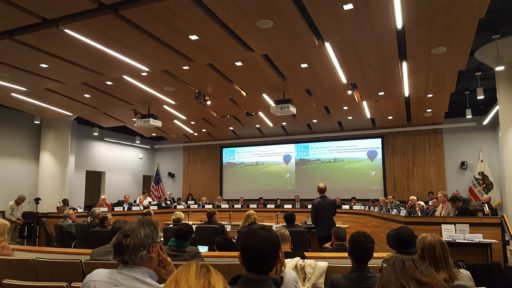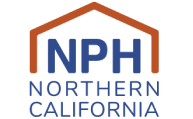Bay Area Policymakers Vote to Put Teeth in Plan Bay Area
NEW ANALYSIS: ELECTION RESULTS FROM AROUND NATION ON AFFORDABLE HOUSING
November 21, 2016Housing Element Snapshots Across the Bay Area
December 1, 2016
 On Thursday November 17th, the Metropolitan Transportation Commission (MTC) and the Association of Bay Area Governments (ABAG) voted to approve a “preferred scenario” or vision for growth for the Bay Area over the next 24 years along with a commitment to develop an “action plan” to implement that vision.
On Thursday November 17th, the Metropolitan Transportation Commission (MTC) and the Association of Bay Area Governments (ABAG) voted to approve a “preferred scenario” or vision for growth for the Bay Area over the next 24 years along with a commitment to develop an “action plan” to implement that vision.
Plan Bay Area is a land use and transportation plan updated every four years that guides how $303 billion worth of transportation funding will be invested in the region between now and 2040. The Plan aims to support compact growth while reducing greenhouse gas emissions (GHGs) in the 9 county Bay Area. At this point, the Plan will start to undergo an environmental review, with final adoption expected in the summer of 2017.
While the “preferred scenario” enables the region to meet its GHG emissions cuts, it significantly worsens the region’s affordability and displacement crises in ways that regional agency staff have described as “apocalyptic” and “dystopian.”
In response, a diverse coalition of stakeholders led by NPH including SPUR, Greenbelt Alliance, the Six Wins Network for Social Equity, Working Partnerships USA, the San Mateo County Union Community Alliance (SMCUCA), Urban Habitat, and Public Advocates successfully pushed for the inclusion of an “action plan” to address Plan Bay Area’s significant shortcomings. The action plan will lay out robust actions to be taken by ABAG and MTC to make the region more affordable, stabilize communities, and improve jobs access especially for the most vulnerable. Specifically, the action plan will:
- Be developed through a public process, in consultation with stakeholders representing local jurisdictions, interested public agencies, and non-governmental organizations representing the economy, environment and social equity.
- Identify concrete near-term and medium-term actions for ABAG, MTC and other stakeholders to make meaningful progress on the Plan’s performance targets. These could potentially include using transportation dollars to incentivize affordable housing development, creating and funding a regional housing trust fund to replace funding lost due to the dissolution of redevelopment, and/or the creation of new local, regional, and state partnerships to address specific housing related issues.
- Be developed starting in January 2017 and adopted by summer, concurrent with the Final Plan Bay Area.
Pedro Galvao, NPH’s Regional Planning and Policy Manager, said of the Action Plan, “This is a major win for NPH and its allies as it will be a place where MTC and ABAG can commit to robust actions in terms of funding, regulations, and incentives to address the region’s severe affordability crisis.”
NPH also looks forward to continuing its close working relationship with staff at MTC and ABAG to ensure that the Plan truly improves the lives of our region’s low-income families.
This victory would not have been possible without the steadfast support and work of Greenbelt Alliance, the Six Wins Network for Social Equity, Working Partnerships USA, the San Mateo County Union Community Alliance (SMCUCA), Urban Habitat, SPUR, and Public Advocates.
NPH is also grateful to all the elected officials who voted to make this a reality especially those who publicly championed the Action Plan including MTC Chair Dave Cortese, Commissioners David Campos, Amy Worth, Anne Halstead, Adrienne Tissier, Alicia Aguirre, Jake Mackenzie and ABAG Board President Julie Pierce along with Board Members Eric Mar, Dr. Pradeep Gupta, and Raul Peralez.

